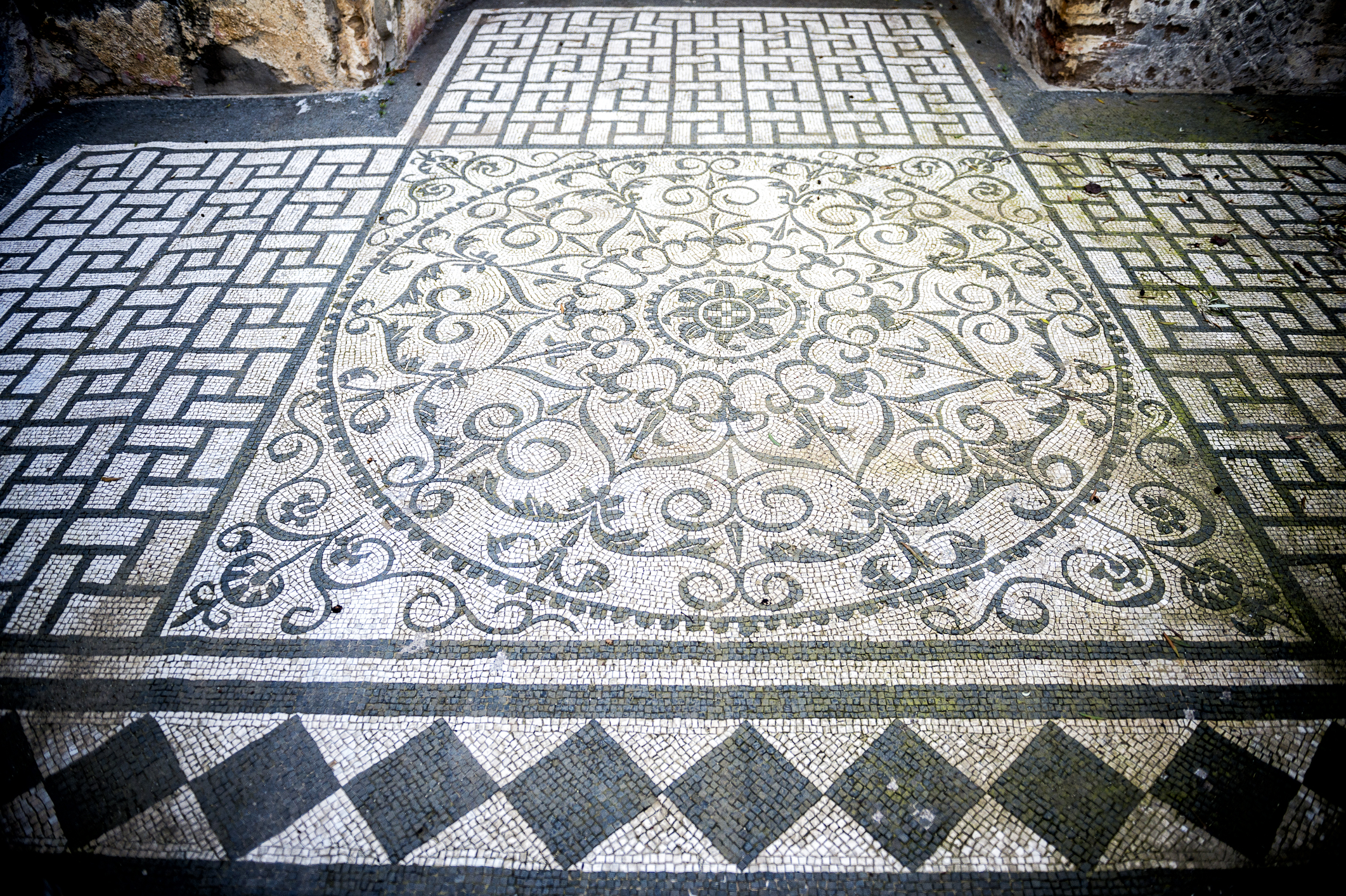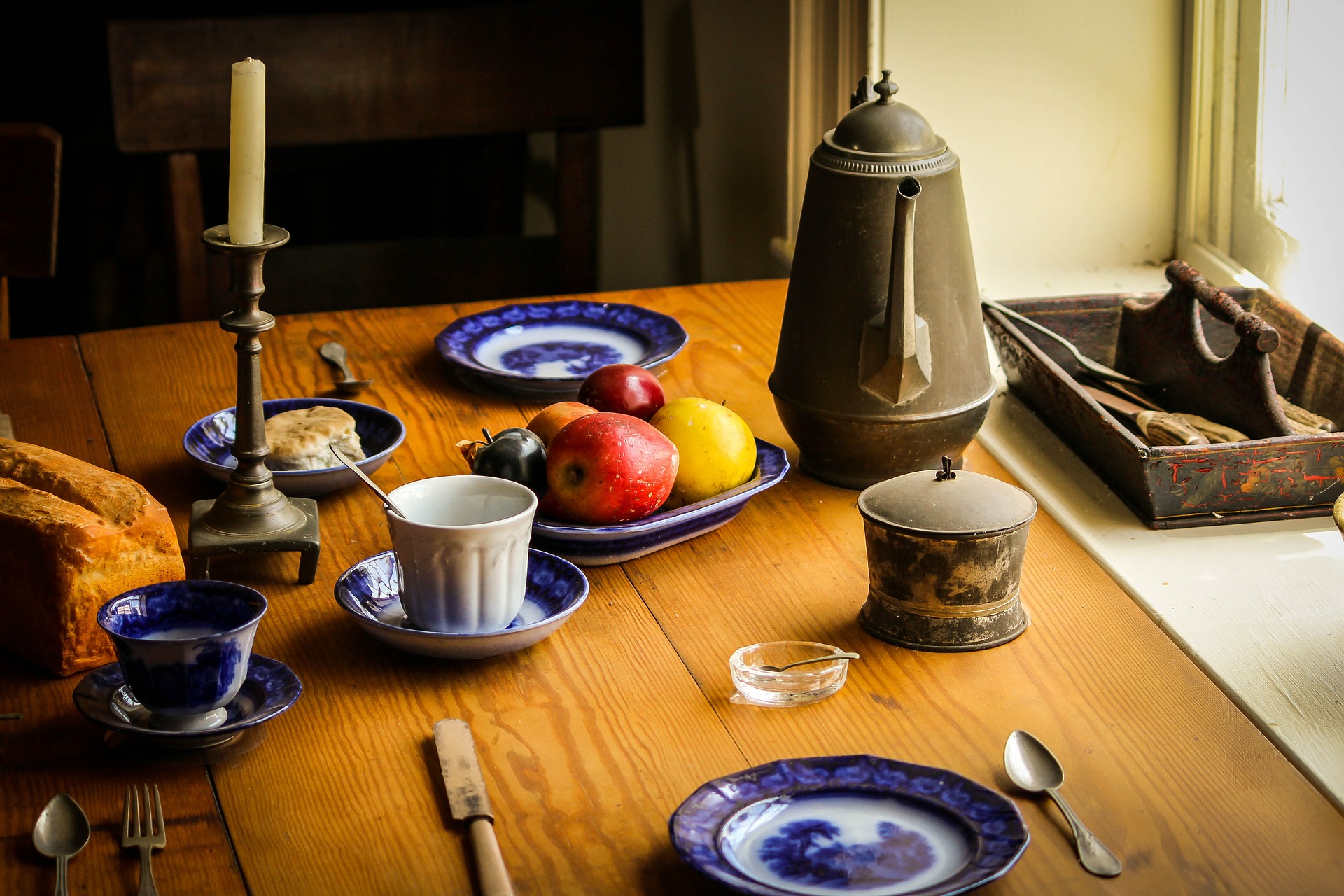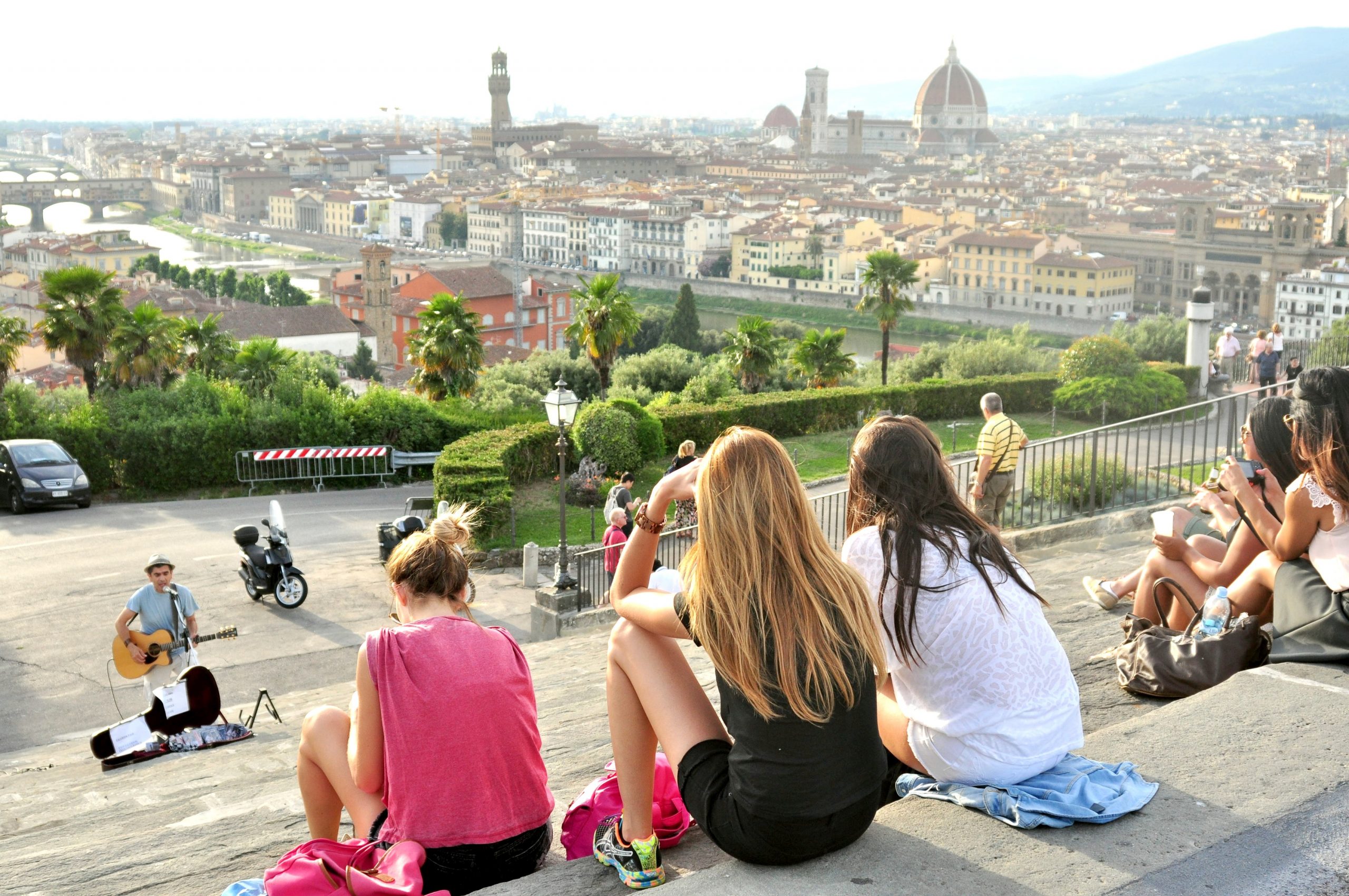One of my Italian passions is the study of the ancient Romans. I especially love the artwork, like the excavated wall frescoes in Pompeii and Ostia, sculptures from the Roman forum, and mosaics, which were used as decor in public buildings and the homes of the wealthy. While much is now in museums, many of the floor mosaics can still be seen at their original location.
Because mosaics were considered a symbol of wealth and status, whenever I see one in an archaeological site, I know the building was inhabited or commissioned by those who knew the luxuries of life. These two tile photos below are from the original second century home of Saint Cecilia beneath the Basilica of Santa Cecilia in Trastevere, Rome.
Small black and white squares, called tesserae, were cut from marble, tile, or glass to make the two and 3-dimensional, geometric designs dominant of the 1st through the 3rd century in the vicinity of Rome. Why mostly just black and white was used at this time is thought to be a style choice as colored tiles were also used in other areas.
The Greeks, who heavily influenced the Romans, created mythological scenes and marine life in their designs which were adopted by the Romans. In addition, Roman mosaics often involved themes of violence and drama, depicting savage hunts and gladiatorial battles.
The several mosaic floors uncovered at Hadrian’s Villa ( Villa Adriana) in Tivoli, southeast of Rome, whimsical geometric designs, are pretty amazing and include 3 dimensional.
Ancient Roman mosaics often give a lot of insight into the lifestyle of the ancient Romans such as who they were, where they walked and what they valued. Artwork is truly a reflection of not only the artist, but of the people and culture of those times.






























